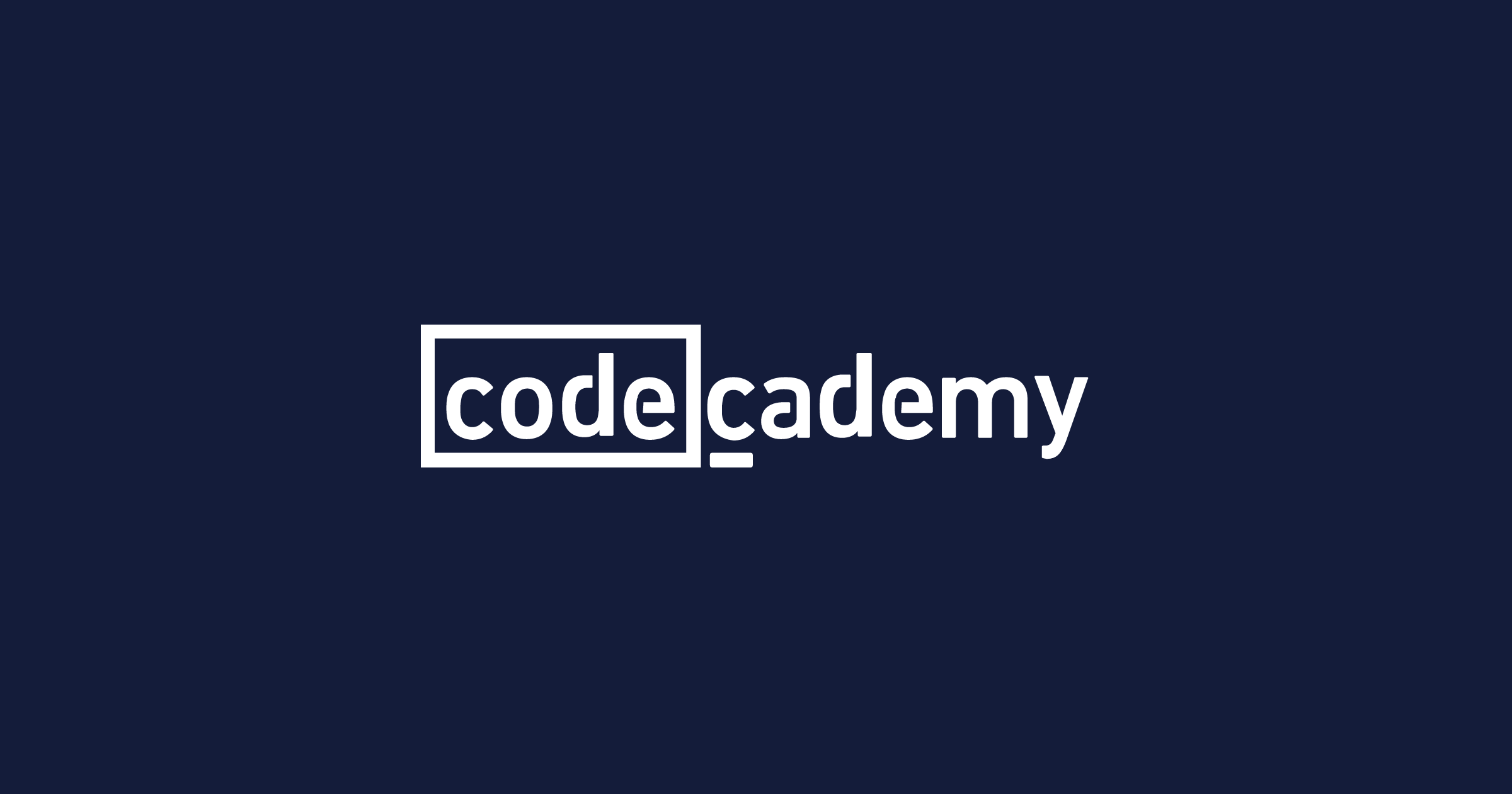Description
Students will improve their skills in this programme by building and deploying sophisticated machine learning solutions using popular open source tools and frameworks, as well as gaining practical experience running complex machine learning tasks in the Udacity classroom using the built-in Azure labs.
Syllabus:
Course 1: Using Azure Machine Learning
Introduction to Azure ML
- Understand why you should do ML in the cloud
- Understand when you should do ML in the cloud
- Analyze the customers of ML
Workspaces and the Azure ML Studio
- Interpret the Azure ML Platform
- Explain how to manage and choose compute resources
- Summarize the key components of Workspaces and Notebooks
Datastores and Datasets
- Analyze how to manage data
- Construct datasets
- Compose solutions to manage data drift and deal with sensitive data
Training Models in Azure ML
- Experiment with the Designer
- Develop and manage pipelines
- Organize and run hyperparameter experiments
The AzureML SDK
- Utilize data with the SDK
- Create pipelines
- Organize experiments
AutoML and Hyperparameter
- Design solutions with AutoML and the SDK
- Analyze model interpretation experiments
- Create portable ML models with ONNX
Project 1: Optimizing an ML Pipeline in Azure
Throughout the course, we will cover a variety of methods for working with data and machine learning. It can be difficult to decide which method to use - creating your own machine learning pipeline, leveraging AutoML, tuning hyperparameters, and so on. Students use scikit-learn, Hyperdrive, and AutoML in this project to understand the costs and benefits of each methodology. To begin, students will build a pipeline from scikit-learn and use the Azure ML SDK to import data from a URL. The students will then configure a Hyperdrive run for their scikit-learn pipeline to determine the best hyperparameters. The same dataset will then be used for an AutoML run to find the best model and set of hyperparameters. Finally, students write a README that documents their findings and compares the differences, costs, and benefits of the various methods they've used.
Course 2: Machine Learning Operations
Enabling Security
- Create a Service Principal account for different types of roles
- Determine what the differences are in various forms of authentication
- Use a specific type of authentication when selecting deployment settings
Deploy a ML model
- Use a production environment for deployment
- Enable authentication in the deployment cluster
- Discover the differences between container-based deployment and kubernetes.
ML Endpoints
- Use a proven tool to find what a baseline for performance is
- Gather information about an endpoint input to interact with it
- Find what potential issues can happen with incorrect input
Pipeline Automation
- Create a pipeline to further automation when training models
- Enable a REST API for the pipeline, so other services can interact with it
Project 2: Operationalizing Machine Learning
This course goes into great detail about MLOps and its core features. This project will use all of the lessons' principles to train a model with AutoML and deploy it in a production environment.
This project covers many of the key concepts of operationalizing Machine Learning, such as selecting the right targets for deploying models, enabling Application Insights, identifying problems in logs, and leveraging the power of Azure Pipelines.All of these ideas are part of the core DevOps pillars that will allow you to demonstrate strong skills in shipping machine learning models into production.








